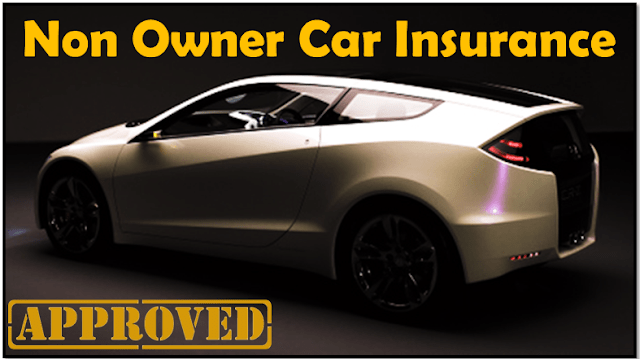5 Tips for Navigating Liability Coverage
Many business owners underestimate the complexity of liability coverage, often leading to gaps in protection. It's crucial to evaluate your coverage needs carefully, as the right policies can safeguard your assets and reputation. By understanding state requirements and evaluating your liability limits, you can better navigate this often-overlooked aspect of business management. But what additional strategies can you implement to guarantee thorough protection? Let's explore the critical steps you need to take into account.
Key Takeaways
- Assess your business type and inherent risks to determine appropriate liability coverage needs.
- Familiarize yourself with your state's specific liability insurance requirements to ensure compliance.
- Evaluate and set adequate liability limits based on your net worth and lifestyle risks.
- Consider additional coverage options, like umbrella policies, for enhanced protection against high-risk situations.
- Regularly compare insurance providers to find the best rates and services that meet your coverage needs.
Assessing Your Coverage Needs

How can you effectively assess your liability coverage needs? Start by evaluating your business type and the inherent risks. If you're in a high-risk industry, like construction, your coverage needs will be greater.
Consider the nature of your products or services; public-facing businesses often face increased liability due to customer interactions. High volume of public interaction can significantly increase the potential for customer injury or property damage claims, making it crucial to assess your insurance requirements accordingly. Additionally, it's important to understand that non-owner auto insurance can provide coverage for liability when driving a vehicle not owned by your business. Review existing contracts to identify any mandated coverage levels.
Also, assess the value of your assets; higher asset values typically necessitate more extensive coverage. Don't forget to factor in your personal risk exposure and employment of staff, as these elements can heighten liability risks.
Regularly updating your policies guarantees they align with evolving business needs and regulatory changes. Your proactive approach will safeguard your interests effectively.
Understanding State Requirements
Understanding state requirements for liability coverage is essential, as these regulations can greatly influence your business's financial protection.
Each state has unique requirements, and knowing them helps you avoid penalties and guarantee compliance.
Understanding each state's unique requirements is crucial for avoiding penalties and ensuring compliance.
- Nearly all states mandate some form of car insurance, primarily liability coverage.
- The types of required liability coverage typically include bodily injury and property damage.
- Minimum coverage limits can vary considerably; for example, Arizona requires lower limits than Alaska.
Evaluating Liability Limits
When evaluating liability limits, it's vital to recognize that these limits define the maximum amount your insurance will cover for claims, which can significantly impact your financial security.
You should assess both bodily injury and property damage liability separately. Low limits can expose you to considerable personal financial risks if claims exceed those amounts.
Consider your net worth and lifestyle risks when determining adequate coverage. Regularly review your policies to identify gaps and adjust limits based on your changing financial situation.
Consulting with an insurance professional can also help guarantee your coverage aligns with your unique risks.
Exploring Additional Coverage Options

What coverage options can best safeguard you against unexpected liabilities? Understanding additional coverage can bolster your protection. Consider these options:
- General Liability Insurance: Essential for protecting against third-party claims for injuries or damages.
- Umbrella Policies: They offer an extra layer of coverage beyond your standard policies, shielding personal assets.
- Excess Liability Insurance: Useful in high-risk scenarios, this provides additional protection when primary limits are exceeded.
Identifying your specific risks—like hosting events or owning property—can guide your coverage choices.
By exploring these additional options, you can guarantee you're not left vulnerable when the unexpected occurs, and you'll be better equipped to manage potential claims effectively.
Prioritize protection tailored to your unique situations.
Reviewing and Comparing Insurance Providers
As you navigate the complex landscape of insurance, comparing providers is vital to guarantee you get the coverage that meets your needs and budget.
Utilize comparison tools like Experian and The Zebra to streamline your search for the best rates. Assess each company's reputation through customer reviews and financial ratings to assure reliability and service quality.
Explore the diverse service options available, including claims handling and customer support. Remember, rates can vary greatly by state, so local comparisons are important.
Conclusion
In traversing liability coverage, remember that knowledge is your compass. By evaluating your needs, understanding state requirements, and reviewing limits, you'll steer clear of potential pitfalls. Don't overlook additional coverage options that can safeguard your business like an umbrella in a storm. Finally, comparing insurance providers guarantees you're not just getting coverage, but the right coverage. With these strategies, you'll be well-equipped to make informed decisions that protect your enterprise and its future.
